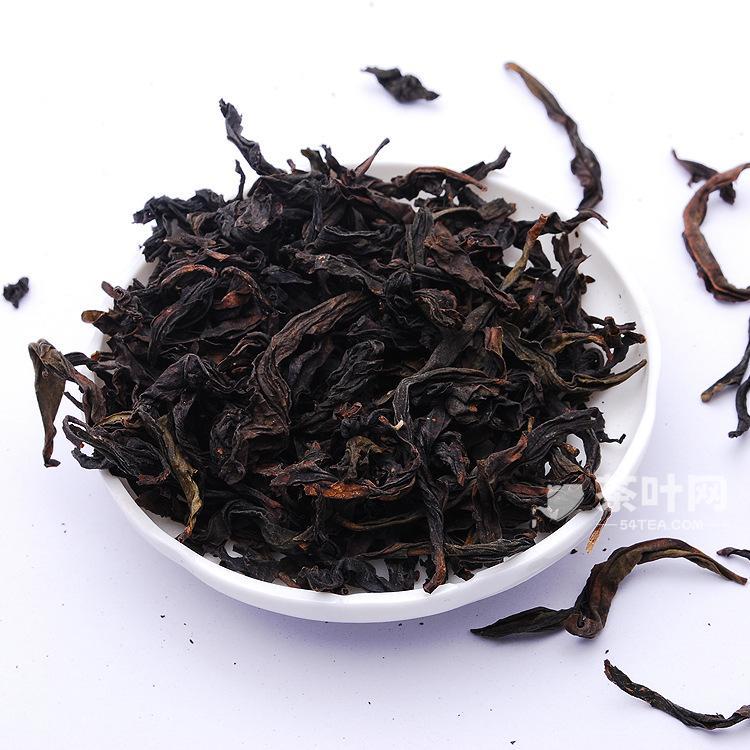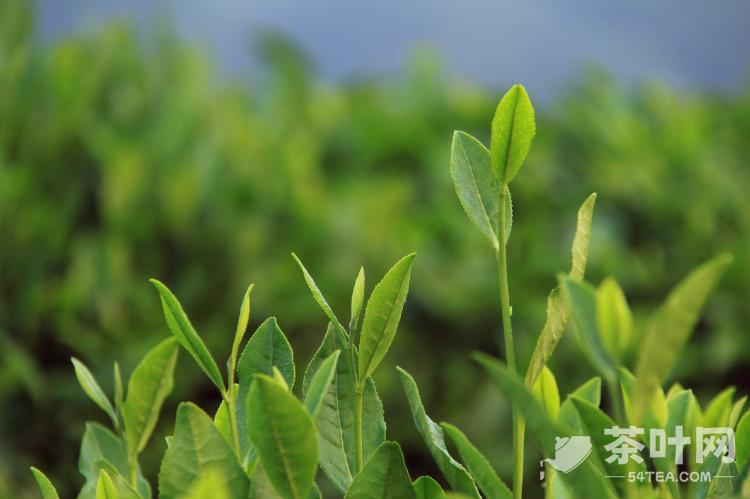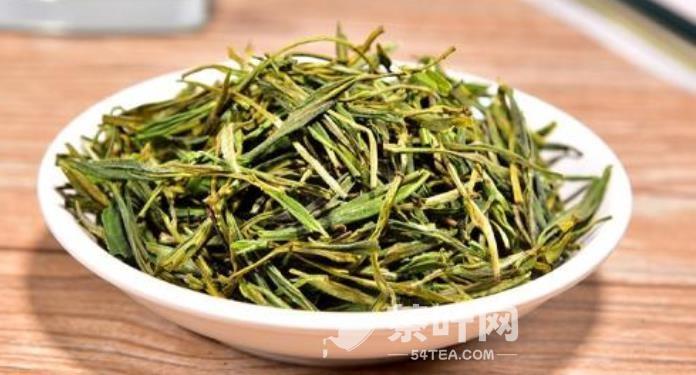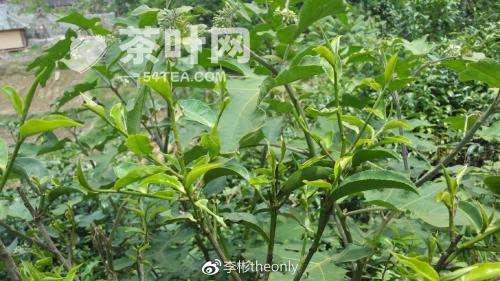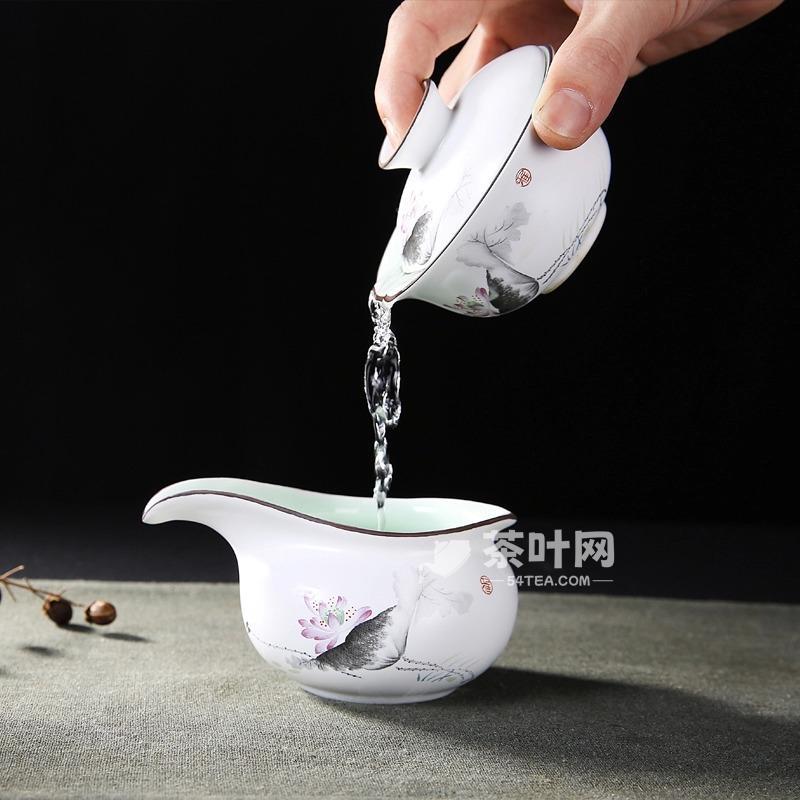 s2C Tea
s2C Tea
China’s extant literature on the origin of tea drinking, the first involved Lu Yu “Tea Scripture? Six of the drink” in which it is pointed out that: “tea for drinking, from Shennong’s.” Subsequently, in the “seven things” and further pointed out that the so-called “Shennong’s”, that is, “Yandi”, indicating that the drinking of tea in China, is the origin of the “Three Emperors” era. Three Emperors” era. The specific basis? Lu Yu cited the “Shennong Food Classic” “tea tea served for a long time, people have the power to please the will” as evidence. Here is very clear, Lu Yu in the “Tea Classic” unambiguous affirmation: that China tea drinking, was started in the long prehistoric era. s2C Tea Net
Lu Yu’s “tea for drinking, from Shennong” point of view, has always been in favor, doubt and deny three different attitudes. Such as now doubtful and negatives of the text proposed: “Shennong is our country’s ancient legends, is due to some social needs to mold out of a kind of idol, is not the real person”; Second, “Shennong eclipse”, “Shennong Ben Cao” and so on, a kind of “Shennong book, is the Han dynasty after the Confucian pseudo-trust, is not really written by the Shennong”. really written by Shennong” “Shennong Ben Cao” and so on a class of “Shennong book, is a Confucian pseudo-trust after Han, not really written by Shennong”. s2C Tea Network
Yes, the above said two points, are the truth. Such as some of China’s ancient books, said Shennong or Emperor Yan “74” or “seventeen world”, some say “pass eight, and five hundred and twenty years old”, here put the “Shennong’s” is clearly regarded as an era, not as a single person. As for this era, such as the “Shawen” in the preface said: “Shennong’s rope for the rule, and unify its affairs”, there was no text, naturally, there will be no book written by Shennong. Therefore, all of these, there is no academic disagreement. s2C Tea Net
Here, we Shennong the authenticity of the human face dragon face of the gods, may wish to make some additions. What kind of an image is Shennong in the end? Such as “Yi? Series of Rhetoric” in: “Shennong’s work, hacking wood for ññê, rubbing wood for Lei, Lei and ñê’s benefit, to teach the world”; then the “Book of the Zhou” “Shennong plowed and made pottery”; the “Records of the Grand Historian”, said that “the three emperors to supplement the original chronicle”. Supplement to the three kings of the book” said: “Shennong’s ochre whip whip grass, began to taste a hundred herbs, began to medicine,” and so on. s2C Tea Network
What do these quotes above? It shows that the legendary “Shennong’s” is not only a “and plow and king” of the clan or tribal leaders, but also an agriculture, pottery, medicine and many other things inventor. Shennong had and culture of the inventor “man”, these in ancient times, in modern times before the establishment of archaeology and ethnology, generation after generation, but also generation after generation has not been proved. Since the establishment and development of archaeology and ethnology, these legends left behind in the era of legends, one after another, most of the archaeological excavations have been confirmed. Such as the above mentioned Shennong invented agriculture, pottery, medicine and other legends, now in addition to tea, are proved to be prehistoric that is the content. s2C Tea Network
Perhaps some people will say, about the legend of Shennong not far from the time into the written age, may be reliable, earlier content, not necessarily reliable. The fact is not the case, such as “Zhuangzi? Pirates of the metatarsal chapter” records that: “the ancient times, the beasts are many and the people are few, the people are all nesting in order to avoid it. ……” “Rites containing Wenjia” reads, “Suiren began to drill wood for fire, roasted raw for cooked, so that people do not have abdominal diseases, which is different from the birds and animals.” “Corpse Zi” reads, “Butcher Îþi’s world, the world is full of beasts, so teach the people to hunt.” These legends, earlier than the age of Shennong legend, but archaeological and ethnographic information provided by the unanimous proof, these are also precisely the ancient mankind’s experience of the different stages of a life portrait. s2C Tea Net
Some of the lack of research on the legend of the people, as soon as they heard the name “legend”, will be associated with the false and absurd, all dismissed as unbelievable, this is not true. Facts tell us that many legends in ancient China, although after thousands of generations, thousands of mouths, content mixed with a large number of superstitions, inaccuracies; however, as long as we through, remove the impurities attached to these, it is not difficult for us to find out more or less from the history of some of the solid or reasonable kernel. s2C Tea Net
Therefore, based on the above, we believe that we have reason to put forward such a view: that is, where there is no record in the Chinese literature and only the legend of the era of the legend involving the beginning of things, basically is basically happened in prehistory. So, although Shennong many inventions have been obtained only tea did not get archaeological proof, but we can and should be sure that tea drinking is also originated in prehistory. Because from a logical point of view, about Shennong discovery, the use of tea legend and Shennong created agriculture, pottery, medicine and other legends, in the nature and circulation, there is no big difference. s2C Tea Network
On the prehistoric origin of tea drinking, we can also get some evidence from the Chinese ethnographic material. Such as living in China’s Xing’anling Oroqen people, they in the early 20th century, the social form is still stuck in the stage of clan society, where the cold weather, not produce tea, but they all know to pick “yellow celery, Yagoda’s leaves” to brew as a drink. s2C Tea Net
Above we archaeological and ethnographic evidence, China’s ancient legends about Shennong’s many inventions, basically prehistoric content, so I believe that tea drinking also began in prehistory. But there is a contrary view in the tea industry, that since Shennong’s other inventions have been confirmed for the archaeological, then “in the archaeology of tea, tea before there is no new discovery,” it can not be determined that the beginning of the age of tea drinking. s2C Tea Net
Chinese legend about Shennong, not only for us to show the prehistoric clues to the origin of tea, but also for the discovery of tea, the use of tea and even the development of the process of drinking, provides an outline: the discovery of tea and the use of tea, initially not as a beverage but as a herbal medicine in the world. s2C Tea Net
On the view that tea from medicinal use and then developed into drinking, which in the academic world, there is no difference of opinion. So, when exactly did tea develop from medicinal to mainly for drinking? This is a diversity of opinions. Some modern tea experts proposed: “tea from the medicinal period of development for drinking period, is in the Warring States or after the Qin Dynasty.” However, he is also very modest, after talking about this view, and specially with brackets attached to say this sentence: “about the medicinal period of tea and drinking period, are only the author of an inference, I hope that the majority of tea workers in the future to continue to study.” Research.” s2C Tea
 n40tea.com
n40tea.com


